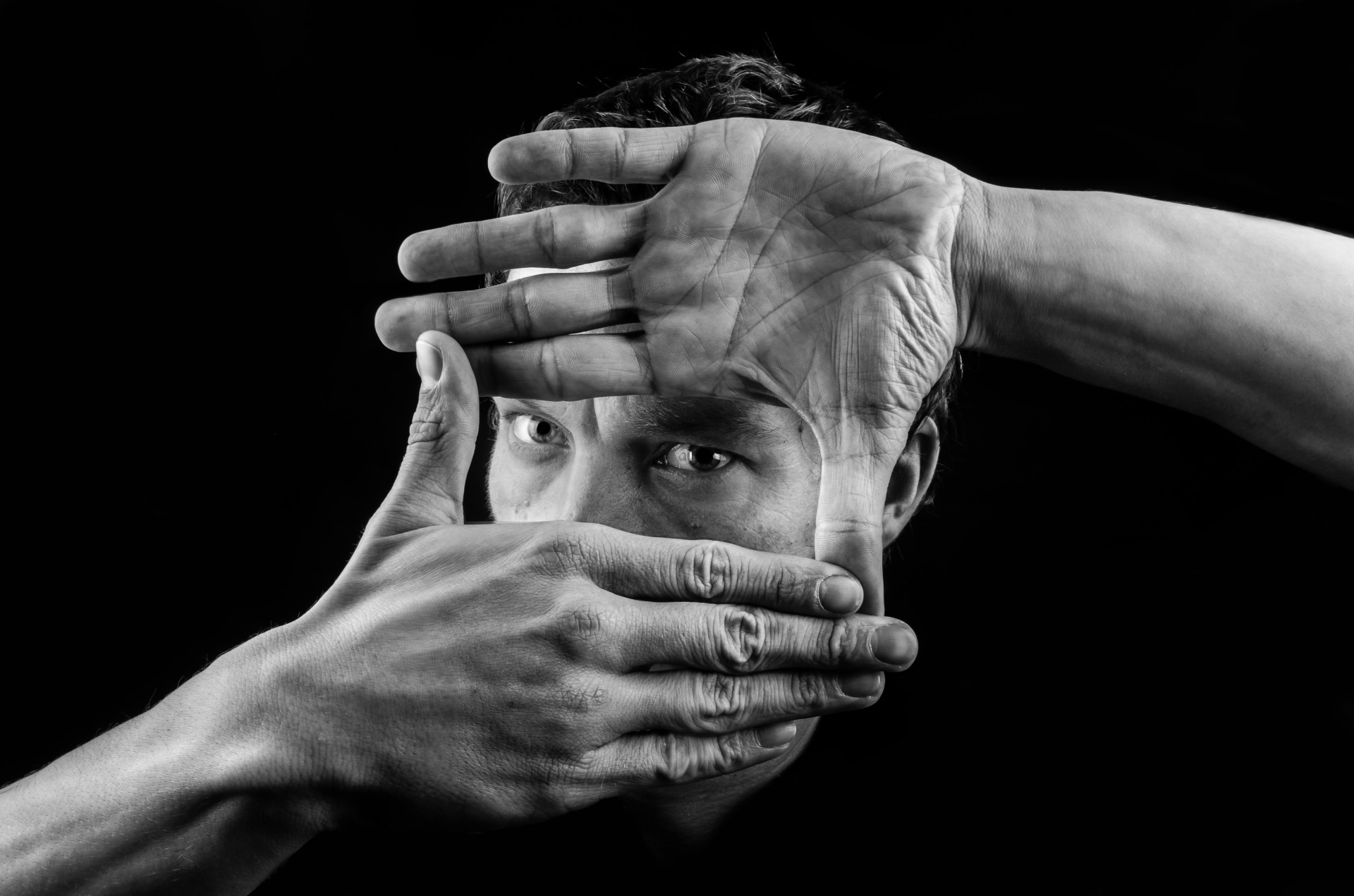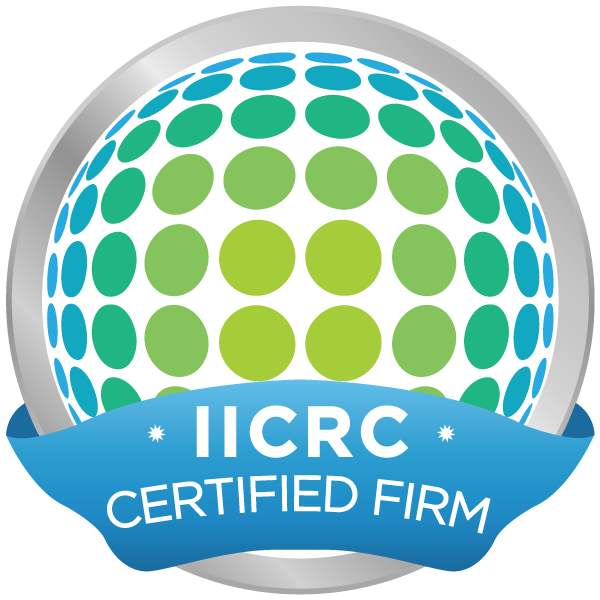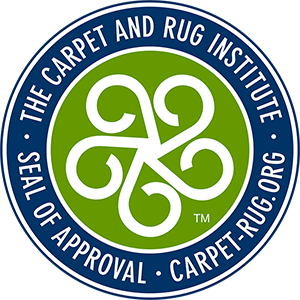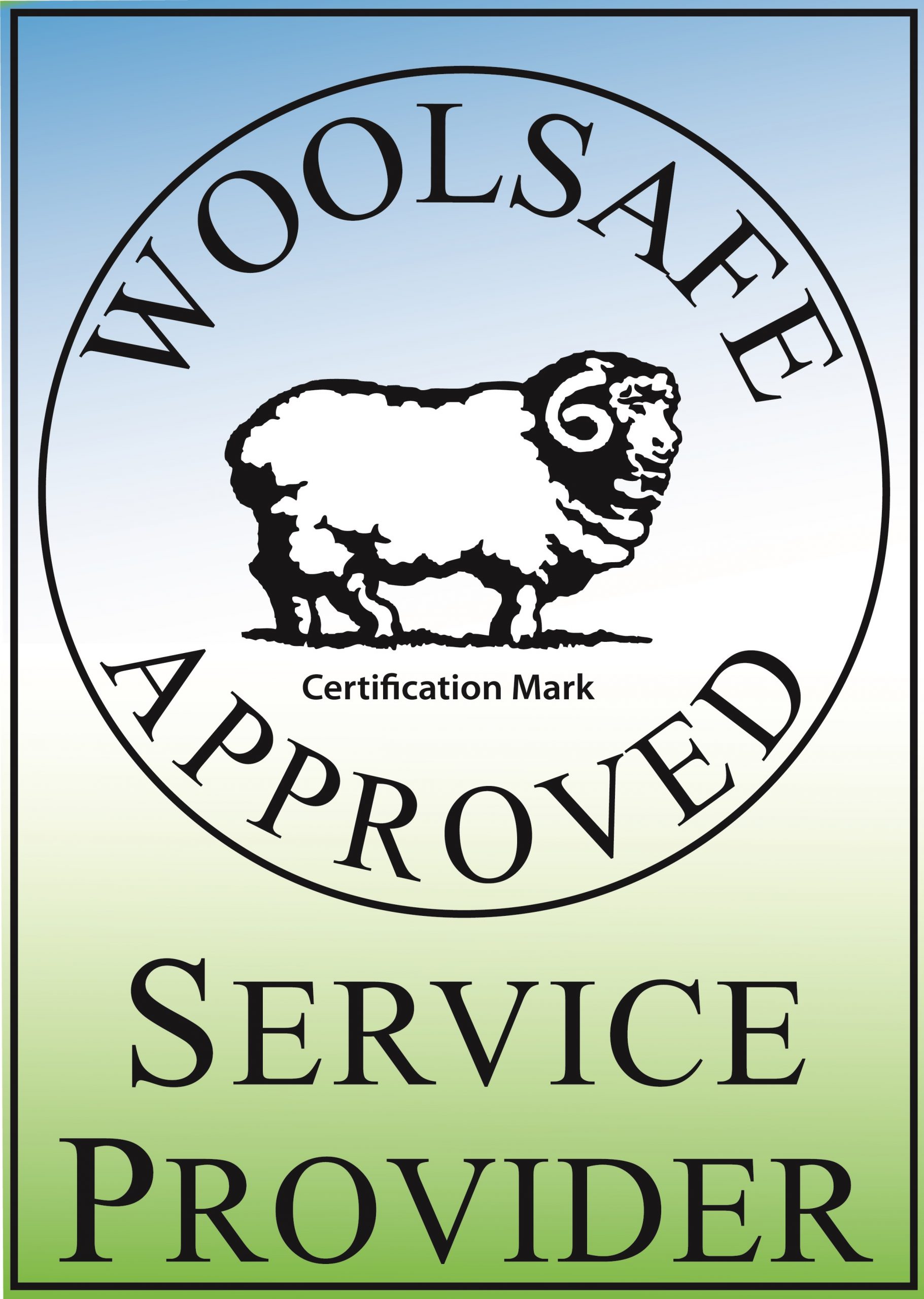
How To Choose An Oriental Rug Cleaning Company
Choosing an Oriental rug cleaning company can mean the difference between a safe, thoroughly exhaustive cleaning in a dedicated hand-washing plant or a carpet cleaning company with no rug certifications throwing your rug on a concrete floor and taking a wand to it. Experience and certification matter!
This blog is designed to answer questions you may have regarding the differences between an “Oriental” and “Persian” area rug, how they should be cleaned, how old is an “antique” rug, and how Oriental Rug Salon takes care of clients’ area rugs.
In a world of machine-made and mass-production rugs, antique Oriental and Persian rugs are enjoying a resurgence in popularity, possibly because they’re such a compelling and unique way to make a home more comfortable and interesting.
Old rugs, handwoven with natural flower and vegetable dyes, have a beautiful soft color and patina that makes a statement and complements a room without taking away from other elements. Handwoven wool and silk area rugs have a certain romance and historical presence. They have character, warmth, and a story to tell for those interested.
What Is The Difference Between a handwoven Oriental and Persian Area Rug?
Most people use the terms “Persian Rug” and “Oriental Rug” interchangeably, which is incorrect.
“Oriental rugs” belong to a large group of hand-knotted rugs made in Asia (Usually, these rugs come from Iran, China, India, Russia, Turkey, Pakistan, and Tibet), and Oriental rugs usually use the symmetrical Turkish (or Ghiordes) Knot.
“Persian rugs” are hand-knotted in Iran. Due to their unique features and prevalence, Persian rugs are in their own category under the umbrella of “oriental” rugs. Persian rugs are often highly prized for their intricacy, quality, and high knot count, with some having as many as 500 knots per square inch. Persian rugs are typically woven using the Persian Knot, a unique asymmetrical knotting technique.
How Old Does A Rug Have To Be To Be Considered An ‘antique’?
The ‘golden era’ for rug weaving was about 1870 to 1920 when there was a demand for handmade Oriental rugs for European and American homes.
Historians agree that anything over 100 years old can be considered a classic antique. However, antique rugs can be anywhere from 75 to 100 years old. A semi-antique rug is roughly 50- to 74 years old. The majority of antique rugs on the market today are Persian.
What Are Oriental and Persian Rugs Made From?
The primary materials used in Persian rugs are sheep wool, silk, and cotton. Sometimes camel or goats’ wool is used by tribal weavers. Wool is the most used material in weaving handmade Persian rugs, mainly because it is soft and durable but also due to the availability of the natural resource to the people of Iran.
The best wool generally comes from colder high altitudes, and the mountainous topography in parts of Iran is well suited to producing excellent quality wool.
Natural silk is costly and therefore used less in rugs. Coming from the cocoon of the silkworms, which thrive on mulberry leaves, silk originally came from China before being brought into production in other countries.
What Are The Design Characteristics Of An Oriental Rug?
Oriental rug designs are often described as either rectilinear or curvilinear.
Rectilinear patterns are bolder and more angular, with abstract and highly stylized motifs. This style is often associated with nomadic or village weaving.
Alternatively, curvilinear rugs show floral patterns, figures with fluid motifs, and often more complicated weavings.
Some people prefer the geometric patterns associated with the Caucasus, but most Persian buyers prefer a more refined, classic look with the medallion motif. Rugs from Turkmenistan tend to be more tribal, and the only way to identify the tribe is by the individual flowerhead motif woven into the design field.
How Do You Know Where A Rug Was Made And How Old It Is?
When determining the location, quality, age, and type of rug, much of the information, to the trained eye, can be found on the back, as the front can sometimes be confusing and inaccurate.
The information on the back of the rug, specifically the weave, tells you where the piece was knotted because of the different methods employed in those areas. The colors give away the rug’s age because the natural dyes mellow over the years, and the knots per square inch, help identify the quality. Of course, there are other things you should note, such as construction details, condition, etc.
The front of an area rug can be manipulated, confusing, or misleading. The “facts” are on the back of the rug; you just need to know how to read them.
The experienced appraisers at Oriental Rug Salon use a combination of knowledge, certification, and experience to determine a rug’s age, value, and history. We consider the type of dye used, the number of knots per square inch, the rug construction, motif layout, rug condition, historical data, etc.
How Should I Care For My Rug Between Professional Cleanings?
First off, NEVER allow a carpet cleaning company the opportunity to “clean” your area rug. To learn why click here for our video.
Don’t vacuum the fringes when caring for your Persian or Oriental area rug. The fringes are an extension of the rug’s foundation and could get wrapped around your vacuum cleaner’s beater bar and damage them. It would be best to sweep your rug in the direction of the rug’s natural lay or nap, turn your beater bar OFF, and vacuum appropriately, taking care not to get too close to the rug fringe.
Apart from that, general vacuuming (with the beater bar disengaged) is acceptable. If you spill anything, drop a little warm water on the rug immediately to see if you can soak up the stain. If that doesn’t work, bring it to us for professional cleaning by hand. Rotate the rug 180 degrees every six months for even wear. Use your rugs, walk on them, enjoy them and bring them to us every 3–5 years for a thoroughly exhaustive cleaning.
Oriental Rug Salon’s Rug Cleaning Process
At Oriental Rug Salon, we clean thousands of area rugs annually. From antiques to Mahal and Tabriz, Bakhtiari, Bijar, Flatweaves, Kashan, Heriz, Sarouk, Persian Kilims, and all other wool and silk textiles. We can clean, repair, and restore all kinds of antique, handmade, modern rugs, carpets, and tapestries.
Our cleaning process begins with a thorough inspection. We identify the rug and material type and note any conditions such as pet urine and insect activity. As part of the inspection process, each rug’s dye stability is tested using a 24-hour migration test.
Upon inspection, each rug receives a harmonic dusting at 40,000 vibrations per minute to dislodge contaminates from the rug’s foundation. Based on the assessment, a specialty bath is prepared for that rug’s needs. Both sides of the textile are hand washed, a pH-balanced cool rinse is introduced to flush away any remaining cleaners, and the rug is moved to an air table to dry. Upon final inspection, the rug’s nap is groomed, and the textile is prepared for pick-up or delivery.
Unlike most “rug cleaning” companies, Oriental Rug Salon washes each textile by hand. Due to the unique nature and construction of our client’s cherished rugs, hand-washing is the only way to ensure that each area rug receives the proper care it deserves.
Oriental Rug Salon is a Certified Partner with the prestigious Institute of Inspection, Cleaning and Restoration Certification (IICRC) and the International Carpet & Rug Institute (CRI). We are a Wool Safe Approved Service Provider, A+ Rated with the Better Business Bureau, and an eight-year-in-a-row-winner of the coveted Angie’s List Super Service Award. Our cleaning solutions are allergen-free and safe for pets and infants.
For more information about Oriental Rug Salon and the Oriental rug cleaning services we offer, please visit us online at www.OrientalRugSalon.com or “call us on the carpet” any time at 239-424-8171.
You can also visit us on Facebook at https://www.facebook.com/OrientalRugSalon
Who cares for your Oriental and Persian area rugs matters.



